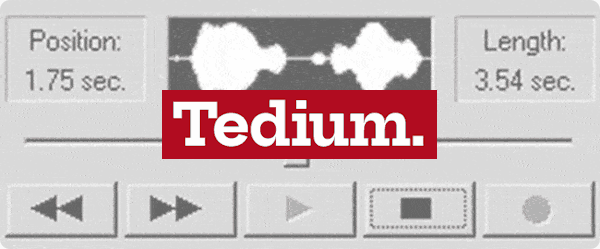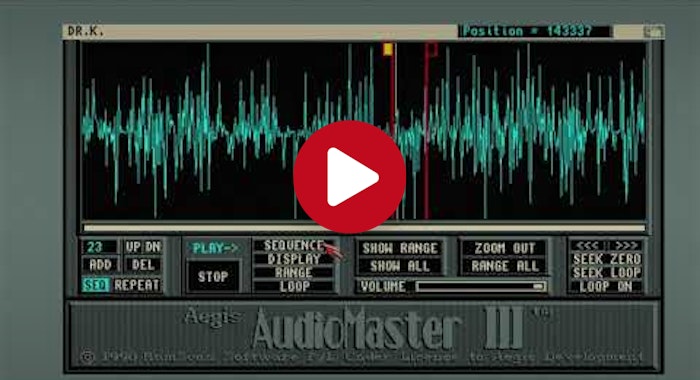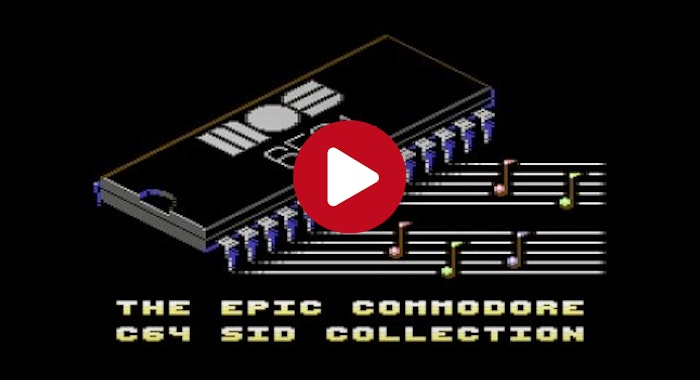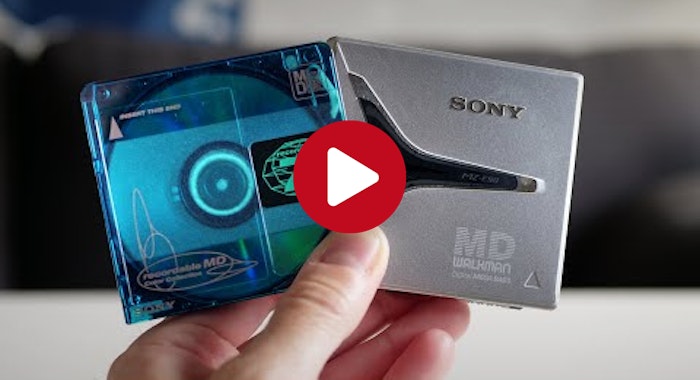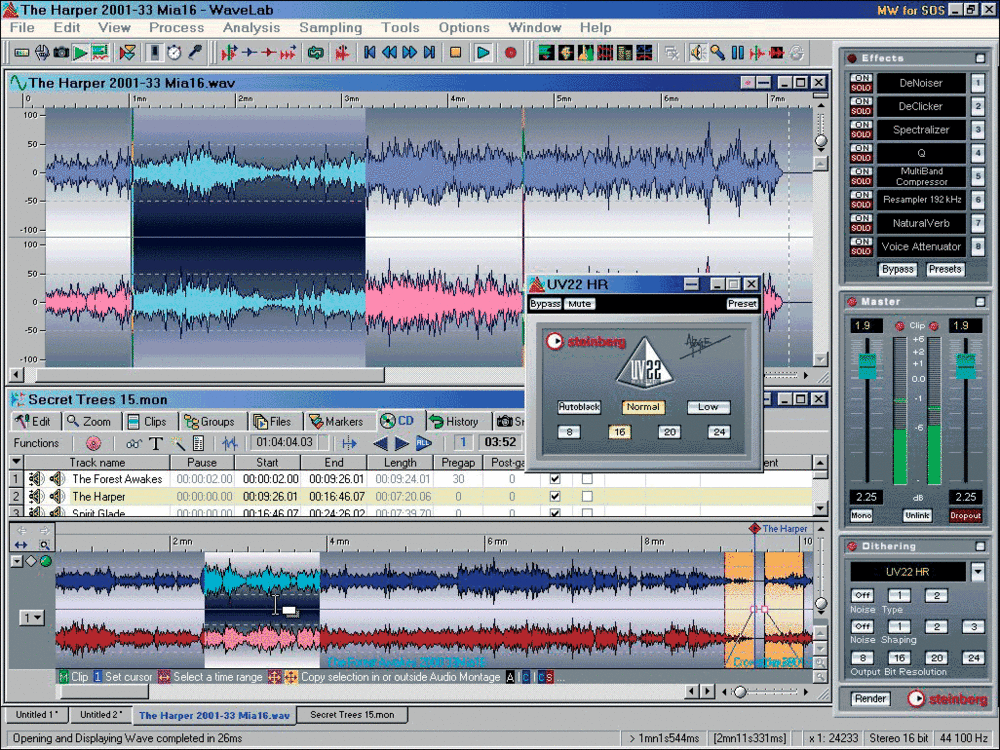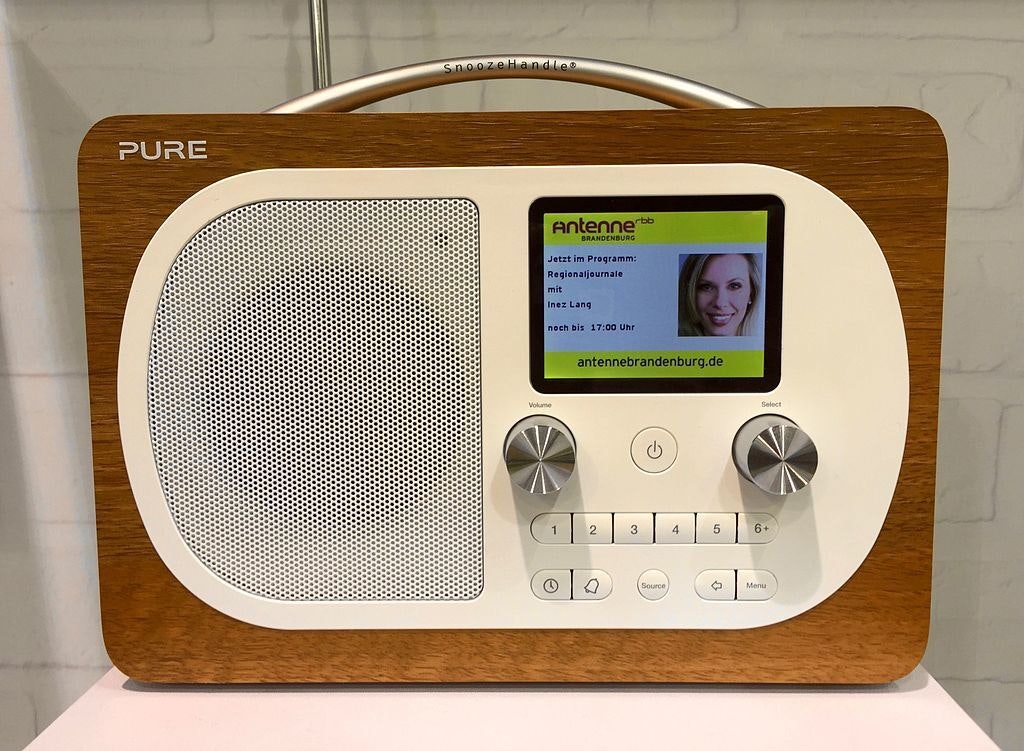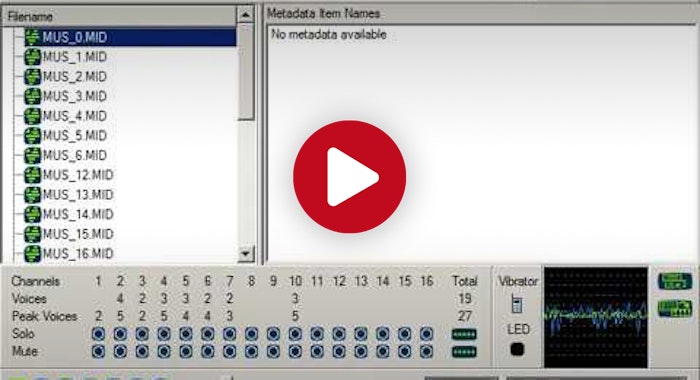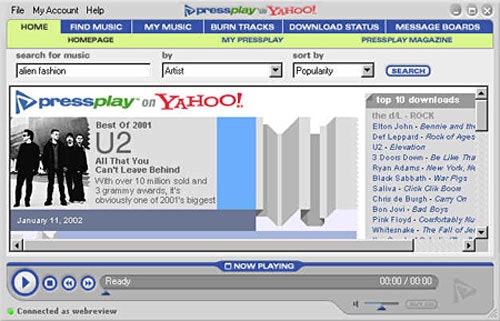Tedium - Sounding Board 🔊
|
|
|
|
|
|
|
|
|
|
|
|
|
|
|
|
Older messages
Surfing Upstream 🏄♂️
Wednesday, January 19, 2022
Why a browser that costs money might protect your privacy. Here's a version for your browser. Hunting for the end of the long tail • January 19, 2022 Today in Tedium: It's often been suggested
Lessons in Pivoting 📚
Thursday, January 13, 2022
How an education company learned some new tricks of its own. Here's a version for your browser. Hunting for the end of the long tail • January 12, 2022 Today in Tedium: Say what you will about the
Prize Patrol Immortality 💰
Saturday, January 8, 2022
Why the Publisher's Clearing House wants to outlive you. Here's a version for your browser. Hunting for the end of the long tail • January 07, 2022 Hey all, Ernie here with an odd question:
The Leech Machine ☁️
Wednesday, January 5, 2022
Considering an unusual use for leeches. Here's a version for your browser. Hunting for the end of the long tail • January 05, 2022 Hey all, Ernie here with a piece from a new contributor, Nathan
Arbitrary Calendar Marker Commentary 🗓
Friday, December 31, 2021
Another year of tedium has passed us by. Let's improve the next one. Here's a version for your browser. Hunting for the end of the long tail • December 31, 2021 Today in Tedium: So, 2021 was no
You Might Also Like
Youre Overthinking It
Wednesday, January 15, 2025
Top Tech Content sent at Noon! Boost Your Article on HackerNoon for $159.99! Read this email in your browser How are you, @newsletterest1? 🪐 What's happening in tech today, January 15, 2025? The
eBook: Software Supply Chain Security for Dummies
Wednesday, January 15, 2025
Free access to this go-to-guide for invaluable insights and practical advice to secure your software supply chain. The Hacker News Software Supply Chain Security for Dummies There is no longer doubt
The 5 biggest AI prompting mistakes
Wednesday, January 15, 2025
✨ Better Pixel photos; How to quit Meta; The next TikTok? -- ZDNET ZDNET Tech Today - US January 15, 2025 ai-prompting-mistakes The five biggest mistakes people make when prompting an AI Ready to
An interactive tour of Go 1.24
Wednesday, January 15, 2025
Plus generating random art, sending emails, and a variety of gopher images you can use. | #538 — January 15, 2025 Unsub | Web Version Together with Posthog Go Weekly An Interactive Tour of Go 1.24 — A
Spyglass Dispatch: Bromo Sapiens
Wednesday, January 15, 2025
Masculine Startups • The Fall of Xbox • Meta's Misinformation Off Switch • TikTok's Switch Off The Spyglass Dispatch is a newsletter sent on weekdays featuring links and commentary on timely
The $1.9M client
Wednesday, January 15, 2025
Money matters, but this invisible currency matters more. ͏ ͏ ͏ ͏ ͏ ͏ ͏ ͏ ͏ ͏ ͏ ͏ ͏ ͏ ͏ ͏ ͏ ͏ ͏ ͏ ͏ ͏ ͏ ͏ ͏ ͏ ͏ ͏ ͏ ͏ ͏ ͏ ͏ ͏ ͏ ͏ ͏ ͏ ͏ ͏ ͏ ͏ ͏ ͏ ͏ ͏ ͏ ͏ ͏ ͏ ͏ ͏ ͏ ͏ ͏ ͏ ͏ ͏ ͏ ͏ ͏ ͏ ͏ ͏ ͏ ͏ ͏ ͏ ͏ ͏ ͏ ͏
⚙️ Federal data centers
Wednesday, January 15, 2025
Plus: Britain's AI roadmap
Post from Syncfusion Blogs on 01/15/2025
Wednesday, January 15, 2025
New blogs from Syncfusion Introducing the New .NET MAUI Bottom Sheet Control By Naveenkumar Sanjeevirayan This blog explains the features of the Bottom Sheet control introduced in the Syncfusion .NET
The Sequence Engineering #469: Llama.cpp is The Framework for High Performce LLM Inference
Wednesday, January 15, 2025
One of the most popular inference framework for LLM apps that care about performance. ͏ ͏ ͏ ͏ ͏ ͏ ͏ ͏ ͏ ͏ ͏ ͏ ͏ ͏ ͏ ͏ ͏ ͏ ͏ ͏ ͏ ͏ ͏ ͏ ͏ ͏ ͏ ͏ ͏ ͏ ͏ ͏ ͏ ͏ ͏ ͏ ͏ ͏ ͏ ͏ ͏ ͏ ͏ ͏ ͏ ͏ ͏ ͏ ͏ ͏ ͏ ͏ ͏ ͏ ͏ ͏ ͏ ͏
3 Actively Exploited Zero-Day Flaws Patched in Microsoft's Latest Security Update
Wednesday, January 15, 2025
THN Daily Updates Newsletter cover The Kubernetes Book: Navigate the world of Kubernetes with expertise , Second Edition ($39.99 Value) FREE for a Limited Time Containers transformed how we package and
